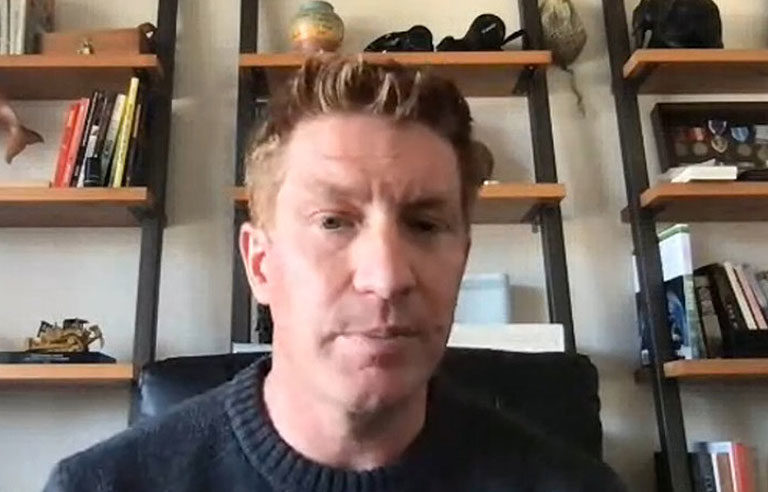Executive Forum: Definitions are key to better data, ability to prevent SIFs, expert says

Itasca, IL — Matthew Hallowell appreciates clear explanations in safety. The construction engineering professor at the University of Colorado Boulder has a good reason.
As the technical advisor to the Edison Electrical Institute’s occupational safety and health executive advisory committee, Hallowell and his colleagues have been building definitions over the past 16 months that could lead to a greater impact in the safety world in terms of fewer serious injuries and fatalities.
Hallowell discussed this work and the need for definitions in safety during the Executive Forum on March 3 at the virtual National Safety Council Safety Congress & Expo.
Hallowell said that although the total recordable incident rate has gone down each year over the past decade, the Bureau of Labor Statistics reports that the fatality rate for workers has “remained relatively constant for the last 14 years.”
The group, according to Hallowell, wanted to “ask some big questions, like, ‘How do we really break the mold and create the next step of change in fatality prevention?’”
That’s where defining a term such as SIF, instead of waiting for a fatality to happen, is important.
“Instead of dealing with individual events, can we come up with some patterns and deal with the patterns instead?” he said.
When it comes to defining potential serious injuries and fatalities, or PSIFs, Hallowell said the 22-member committee, while discussing one case study, was split evenly on whether the event qualified as a PSIF.
“We had 22 people who were confident in their response,” he said. “It’s perfect disagreement with a lot of confidence. It’s sort of like American politics. Everybody’s in polar directions and they think they’re right. But nobody’s really right until we have a common definition.”
Thus, when it comes to sharing and pooling data to create better opportunities to learn, Hallowell said a common vocabulary is necessary.
“Any scientific field must have some underlying definition,” he said. “With more data and more context, we’re able to have a lot more learning.”
Brian Callahan, president and chief operating officer of ISN Software Corp., discussed psychological safety.
According to Callahan, a Google study on what makes teams most successful, called Project Aristotle, highlighted its importance.
“What they found is it was less important about who was on the team and more important about how the team worked together,” he said. “The No. 1 factor of how a team worked together was how well they exhibited psychological safety.”
Google researchers defined this as how comfortable people feel taking risks on a team without feeling insecure or embarrassed.
The ability of organizations to pivot amid the COVID-19 pandemic and maintain a strong commitment to safety and training was the focus of USG Corp. Chief Human Resources Officer Noreen Cleary’s portion of the presentation.
Cleary said normal classroom training had to adjust, so USG adapted to train large groups virtually. For group meetings that were usually face to face, the company relied on technology. In plants, safety huddles moved from shop floors to parking lots and loading docks to maintain safe physical distancing.
“We moved them, but we never said we weren’t going to do them,” she said. “We never took the easy way out and said we’re just going to stop doing them.”
Post a comment to this article
Safety+Health welcomes comments that promote respectful dialogue. Please stay on topic. Comments that contain personal attacks, profanity or abusive language – or those aggressively promoting products or services – will be removed. We reserve the right to determine which comments violate our comment policy. (Anonymous comments are welcome; merely skip the “name” field in the comment box. An email address is required but will not be included with your comment.)

